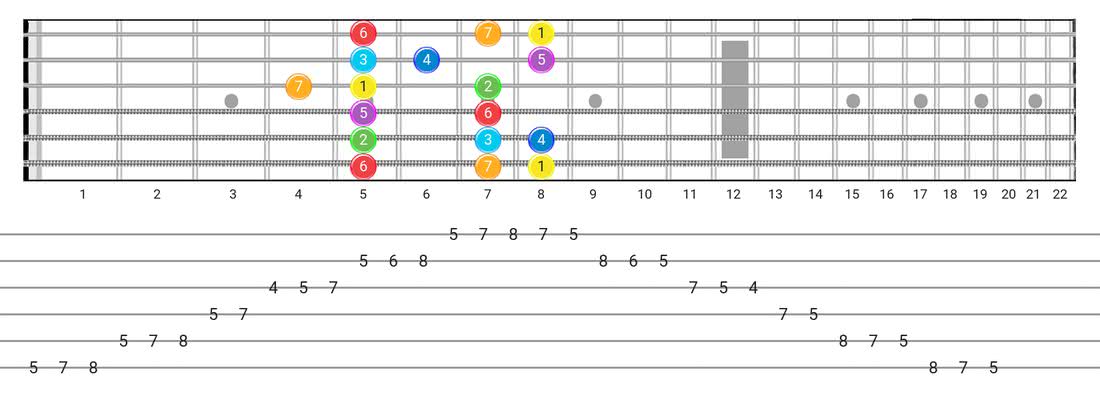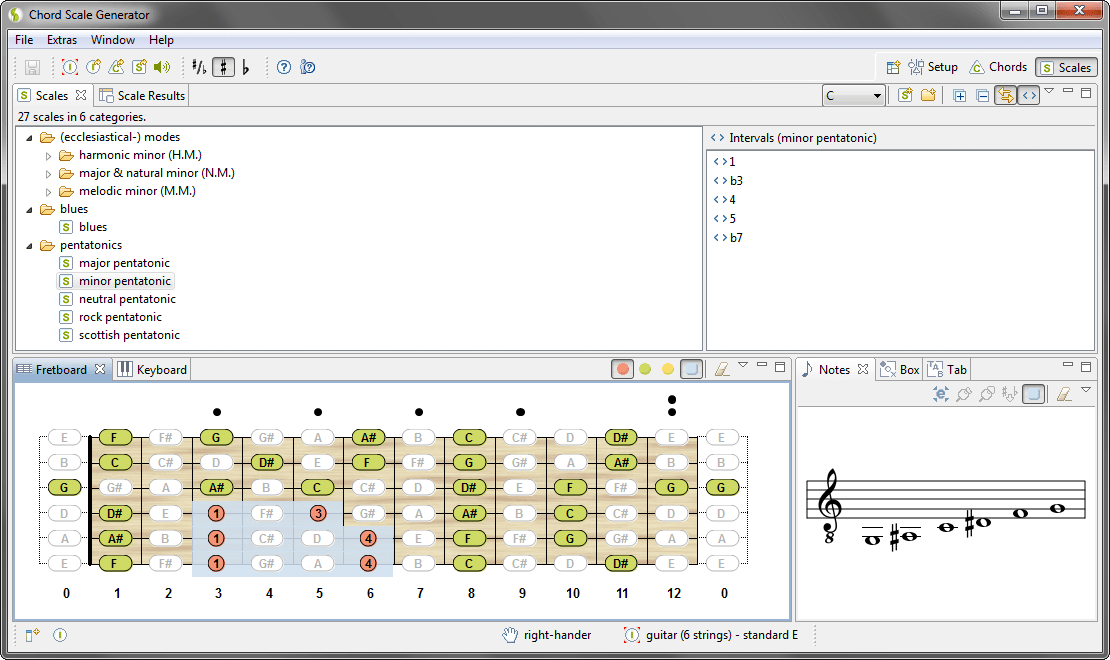


Pachelbel’s Canon (I-V-vi-iii-IV-I-IV-V): though largely ignored after the Baroque composer’s death, this progression and its variations had a popular resurgence from the 1970s onward.Ex: “Satin Doll” by Duke Ellington (B section), “From Me To You” by The Beatles (bridge), “Sunday Morning” by Maroon 5 (whole song). ii-V-I: this classic jazz CP occasionally pops up in other genres too.Ex: “Folsom Prison Blues” by Johnny Cash, “Rock and Roll” by Led Zeppelin, “Give Me One Reason” by Tracy Chapman. 12-bar blues: although there are many variations on this CP, the most common forms are either I-I-I-I-IV-IV-I-I-V-IV-I-I or I-I-I-I-IV-IV-I-I-V-IV-I-V.Ex: “Hit the Road Jack” by Ray Charles, “Smooth Criminal” by Michael Jackson, “Resistance” by Muse. The Andalusian cadence (iv-III-II-I or i-♭VII-♭VI-V): unlike a true cadence, this flamenco-inspired CP can actually repeat for a whole song or section of a song.Ex: “Blue Moon” by The Marcels, “Every Breath You Take” by the Police, “Just the Way You Are” by Bruno Mars. The 50s progression (I-vi-IV-V): also known as the doo-wop, “Heart and Soul” progression, or “Stand by Me” progression, this variation on the pop punk CPG can be found in popular songs from all decades and genres.It forms the basis of The Axis of Awesome’s “ Four Chords” parody, which includes songs like “Take Me Home Country Roads” by John Denver, “Africa” by Toto and “Complicated” by Avril Lavigne. The pop punk progression ( I-V-vi-IV or vi-I-IV-V): also nicknamed the “sensitive female” progression, this CP is one of the most widespread in Western pop music.If the lowercase numeral also has a degree sign (ex: vii˚), then this signifies a diminished triad. If the Roman numeral is lowercase (ex: vii), this means that you need to play a minor triad instead of a major triad (ex: VII). This tells you that you should play the 1st, 4th, 5th, then 1st chord in the G major scale (G-C-D-G).Īn example of a iii-IV-V progression in the key of C Let’s say you have a I-IV-V-I progression in the key of G. In a CP, chords are usually written as Roman numerals, based on their position in the parent scale. If we built 7 triads based on each of these tonics, using only notes from the G major scale, we would get the following: G, Am, Bm, C, D, Em, and Fdim. In the G major scale, you have 7 notes: G, A, B, C, D, E, and F♯. This means that the tonics all belong to the same parent scale. Progressions are usually built on chords in the same key. It can form part of a song, like a verse or chorus. It can be a one-off sequence or a repeating riff. What is a chord progression?Ī chord progression (CP), also called a harmonic progression, is a sequence of chords. Some other popular chord variations include 7th (dominant, major or minor), suspended (sus2 or sus4), augmented and power. However, these triads tend to be more rare in other genres. If you’re playing jazz or soul, you may also come across diminished triads (1, ♭3, ♭5). The open voicing (fingering) for a G major, with the tonic on the low E (6th) stringĪs a beginner guitarist, you’ll most likely concentrate on two of the three main types of triads (three-note chords) –– major (with the 1, 3, and 5 notes from the tonic’s major scale) and minor (the 1,♭3, 5 notes). If you played the same notes, but in the order B D G, this makes a B minor flat 6 (written as Bm♭6). For example, if you play the notes G B D, with the G as the tonic, this is a G major (written as G). one immediately after the other, arpeggio style.Įspecially for instruments like guitar and piano, where it’s easy to play multiple notes close together, these are the building blocks of songs.Ĭhords take their name from the first note (usually the bass, or lower, note).What is a chord?Ī chord consists of two or more notes played either: But having a bit of theory in your back pocket will help put things into perspective once you start experimenting with different generators. First Things Firstīefore we dive into CPGs specifically, let’s start with a bit of music theory. Then, we’ll look at some of the most popular generators to see which ones work best for you. If you’re in the #1 crowd, we’ll start off by exploring what these generators are and how they work. But with so many websites and apps to choose from, you have no idea which one to pick!ĭon’t worry. You have no clue what the heck a CPG is!.If you’re reading this article, you probably fall into one of two categories. Using CPGs has helped me expand my musical knowledge AND experiment with some kick*ss riffs I’d never have come across otherwise
FACHORDS GUITAR CHORD SCALE GENERATOR GENERATOR
As both a rhythm guitarist and a songwriter, one of my favorite products of the digital age is the chord progression generator (CPG). The internet has many valuable tools for musicians.


 0 kommentar(er)
0 kommentar(er)
